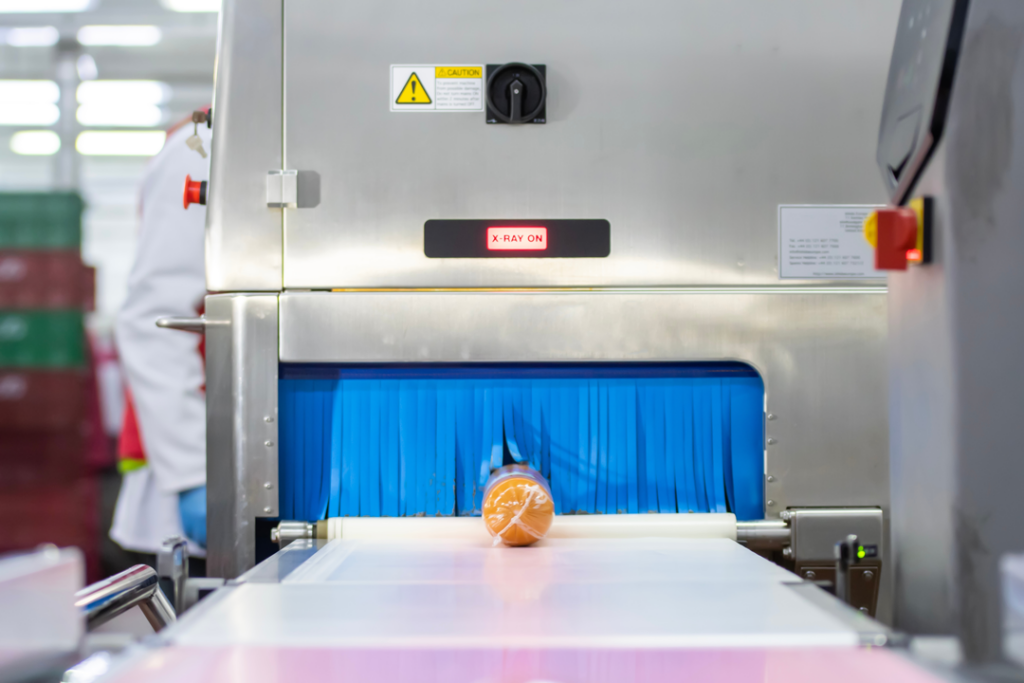Reviewed and Approved by Kaci Foote, FSNS Certification & Audit Accreditation Manager
1-Minute Summary
- Some sites neglect to document all food safety procedures prior to an audit – if it’s not written down, it didn’t happen.
- Conduct a rigorous internal audit to find and fix gaps before the real audit.
- Train employees to confidently explain food safety practices to the auditor, not just regurgitate a canned answer.
- Ensure daily operations match written procedures to avoid non-conformances.
While a BRCGS audit is rigorous, a well-prepared facility has nothing to fear. Provided food safety is part of your daily operations, you can think of it as a structured review, not a high-stakes test.
The key is preparation, not last-minute scrambling. Here’s how to ensure success.
Understand the BRCGS Food Safety Standard
The BRCGS Food Safety Standard is built around fundamental clauses – critical food safety requirements that, if not met, result in an automatic failure. In BRCGS Standard Issue 9, they include:
- Senior management commitment to continual improvement (1.1)
- The food safety plan – HACCP (2)
- Internal audits (3.4)
- Management of suppliers of raw materials and packaging (3.5.1)
- Corrective and preventive actions (3.7)
- Traceability (3.9)
- Layout, product flow and segregation (4.3)
- Housekeeping and hygiene (4.11)
- Management of allergens (5.3)
- Control of operations (6.1)
- Labelling and pack control (6.2)
- Training: raw material-handling, preparation, processing, packing and storage areas (7.1)
Failure to comply with a fundamental clause is a major non-conformity. With the stakes set so high, review the standard and be sure you understand the requirements of each fundamental clause before your BRCGS audit.
Our complimentary BRC audit checklist can help you with this step.

Document Everything!
One of the most common mistakes companies make is assuming that because their facility is well-run, they’ll automatically pass a BRC audit. That’s not how it works. You also must have the proper documentation in place to prove compliance.
As the old adage goes: If it’s not written down, it didn’t happen.
Proper documentation is one of the most effective ways to increase your chances of passing a BRCGS audit. Ensure every aspect of your food safety management system is documented and accessible.
If there are gaps in documentation, close them before your audit.
Conduct an Internal BRCGS Audit – Be Your Own Worst Critic
Be sure to conduct a rigorous internal audit as part of your preparation. Mimic the real process and be thorough; your goal isn’t to check a few boxes and call it a day, it is to find and fix gaps before the formal audit. Here are some steps to take when approaching your internal BRC audit:
- Walk the facility as if you were the auditor. Check documentation and observe operations in real time. Are written procedures actually being followed?
- Test your documentation. Are logs, monitoring records, and corrective action reports complete and up to date?
- Ask employees food safety questions. Can they confidently explain their role in food safety? If not, training gaps need to be addressed.
- Look for trends in your data. If you’re monitoring metal detection or sanitation effectiveness, can you show trending data that proves consistent performance?

Develop Procedures to Show Compliance with Fundamental Clauses
When your internal audit reveals a gap, be happy because now you can address it before your real audit.
In some cases, you may need to develop SOPs to show compliance with the standard.
For example, a facility may install metal detectors and test them daily, but if there’s no documented process for verification, it’s not BRCGS-compliant.
Additionally, if metal is detected, what happens next? Many facilities remove the contaminated product but don’t have a clear process for analyzing trends. Is it a one-time issue, or is there a pattern? Without proper documentation and analysis, the auditor may view the facility as reactive rather than proactive, which can lead to a non-conformance.
This is a perfect example of why good documentation is just as important as good practices.
Prepare Your Team for Questions from the Auditor
A well-trained team is one of the biggest assets during a BRCGS audit. Auditors will ask employees questions about food safety practices, and their responses matter.
Make sure to train your employees for this scenario.
- Focus on understanding, not memorization. Employees should know why they follow specific procedures, not just repeat scripted answers.
- Conduct mock auditor interviews. Ask employees the same types of questions an auditor would, like:
- “What do you do if a foreign material is detected?”
- “Can you show me the allergen-control procedure?”
- “How do you document temperature checks?”
- Ensure employees know where to find key records. If an auditor asks for documentation and an employee can’t locate it, that raises concerns.
If employees feel comfortable discussing food safety, it creates a strong impression of a food safety culture, which is a key area in a BRCGS audit.

Verify That Written Procedures Match Reality
One of the biggest issues that auditors uncover is a gap between written procedures and actual practice.
A facility might have a beautifully written sanitation program, but if employees aren’t following it, the documentation is meaningless. Auditors will compare policies to real-world execution, and any inconsistencies can lead to non-conformances.
Before your audit, spend time observing operations in action:
- Are hygiene and sanitation procedures being followed exactly as written?
- Are critical control points (CCPs) monitored and recorded properly?
- If a problem occurs, do employees follow the documented corrective action procedures?
Schedule a Pre-Assessment BRC Audit
Even if you feel confident in your preparation, a pre-assessment audit can reveal blind spots before the real BRCGS audit.
A third-party pre-assessment mimics the official audit and helps identify areas that need improvement. This provides an opportunity to correct minor issues before they count against you.
Facilities that schedule pre-assessments typically achieve better results in their BRC audit.
FSNS Certification & Audit can conduct BRCGS audit pre-assessments.
Final Readiness Check Before the BRCGS Audit
In the last week before your audit, you should be in maintenance mode, not panic mode.
Run through a final checklist to ensure everything is in order:
- Review all required documentation – is everything complete, accurate, and easily accessible?
- Perform a traceability test – can you track an ingredient back to its supplier?
- Walk the floor one last time – do hygiene stations, temperature logs, and monitoring records all reflect real-time compliance?
- Reassure employees – remind them that the audit is a review of what they already do every day, not an interrogation.
A well-prepared facility should not be scrambling the day before the audit. If last-minute fixes are needed, it suggests deeper food safety issues that should have been addressed earlier.
Prepare to Pass Your BRCGS Food Safety Audit
A BRCGS audit is about demonstrating that food safety is embedded in your daily operations. By focusing on documentation, internal audits, employee training, and proactive compliance, you can approach your audit with confidence and achieve BRC certification.
Need expert guidance? Contact FSNS Certification & Audit for pre-assessments, formal BRCGS audits, and ongoing support to help you meet certification requirements.




